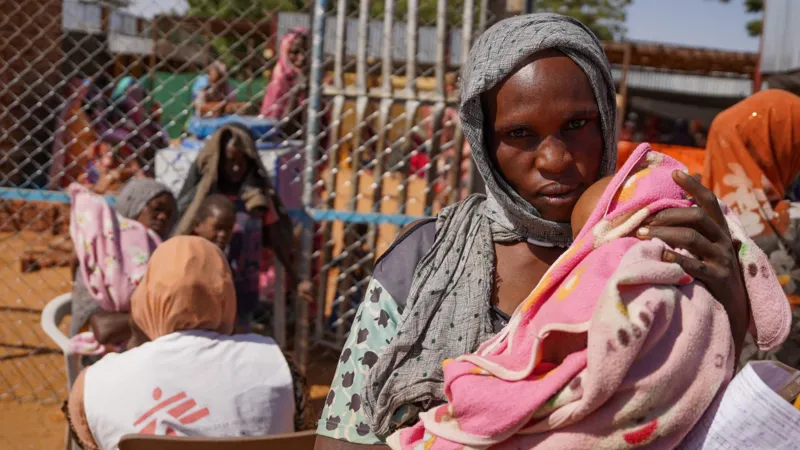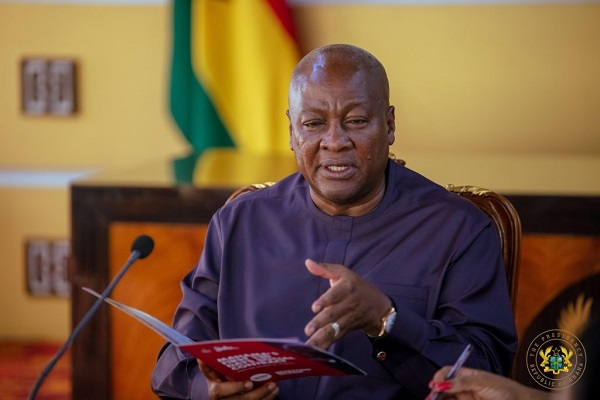How a mega dam has caused a mega power crisis for Zambia
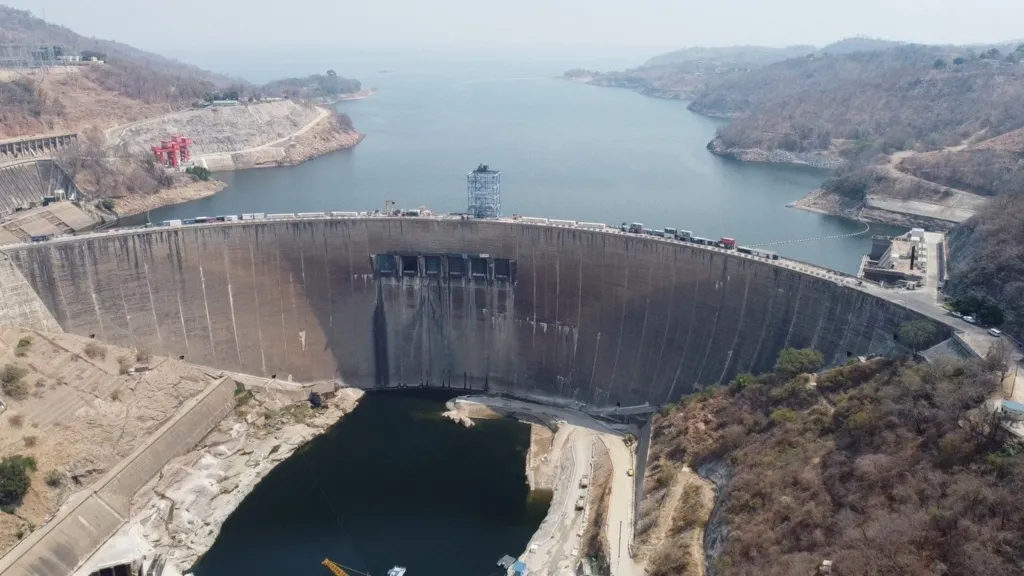
Despite having the mighty Zambezi River and the massive hydro-powered Kariba Dam, Zambia is currently grappling with the worst electricity blackouts in living memory.
The crisis is so severe that cities and towns across the country are sometimes without electricity for three consecutive days, with people counting themselves lucky if the lights come on for an hour or two.
The power cuts have come as a shock to the 43% of Zambians who are connected to the grid and have taken electricity for granted all their lives.
But one of the severest droughts in decades - caused by the El Niño weather phenomenon - has decimated Zambia’s power-generation capacity.
Nowadays, I sometimes go to bars and restaurants to find people not eating or drinking - they are there just to charge their phones amid the pounding noise of generators.
There is also a booming business of people making money by charging the phones of those without power.
Zambia sources up to 84% of its electricity from water reservoirs such as lakes and rivers, while only 13% comes from coal.
Contributions from solar, diesel and heavy fuel oil are even lower, accounting for 3%.
 The drought has been described as "crippling" by government ministers
The drought has been described as "crippling" by government ministers
For several weeks, the crisis was compounded while the country's only coal-fired power plant, Maamba Energy, was not operating at maximum capacity as it underwent routine maintenance work.
On Wednesday, there was finally some good news when Minister of Energy Makozo Chikote said the plant was now fully operational, and Zambians would have at least three hours of electricity a day.
President Hakainde Hichilema declared the drought a national disaster in February but the government has been unable to solve the energy crisis because Zambia is heavily reliant on the Kariba Dam for its electricity.
A financial crunch also severely restricted the government's ability to import power as suppliers wanted payment upfront, though a spokesman for state-owned power utility Zesco, Matongo Maumbi, told the BBC's Focus on Africa podcast that electricity was being imported from Mozambique and South Africa to ease the crisis, especially in the mining industry - Zambia's main export earner and source of foreign currency.
Located on the Zambezi, the fourth-longest river in Africa, Kariba was built in the 1950s and is the reservoir for the country’s largest underground power station, Kariba North Bank Power Station. A power station on the other bank serves Zimbabwe.
But because of the drought that has led to parts of the river drying up, only one of the six turbines at Zambia's power station is operating, resulting in the generation of a paltry 7% of the 1,080 MW installed at Kariba.
The dam retains the water of the Zambezi with a curving wall that is 128m (420ft) high, 579m (1,900ft) long and 21m (69ft) thick.
Engineer Cephas Museba - who has been working for Zesco for 19 years - says he has never seen water levels so low at Kariba.
 The Kariba Dam is one of the biggest in the world
The Kariba Dam is one of the biggest in the world


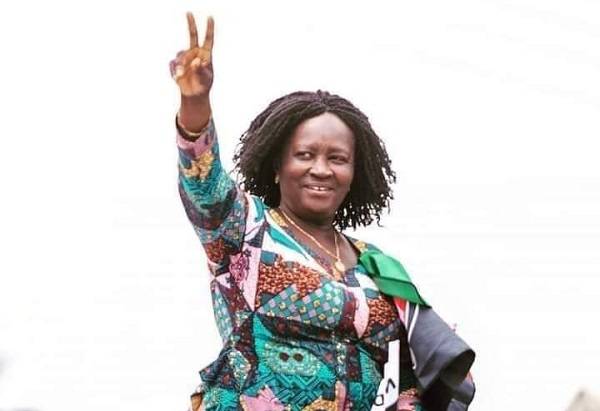













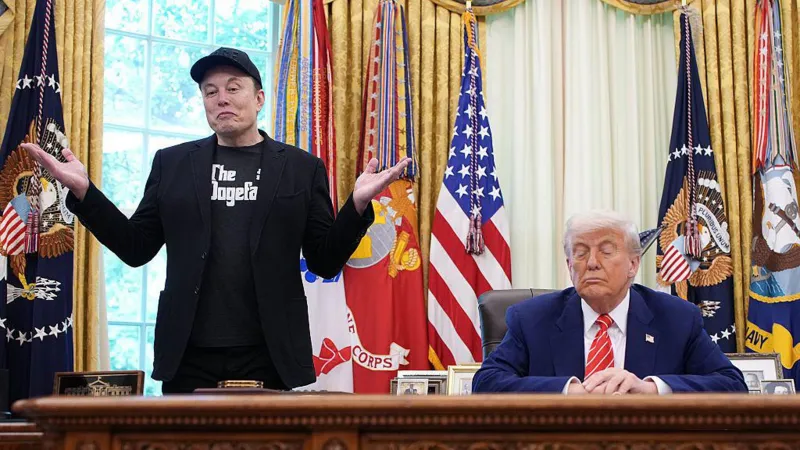






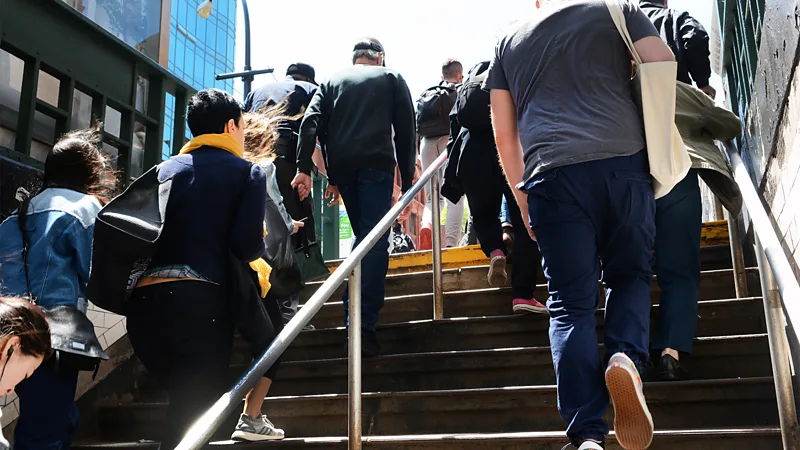



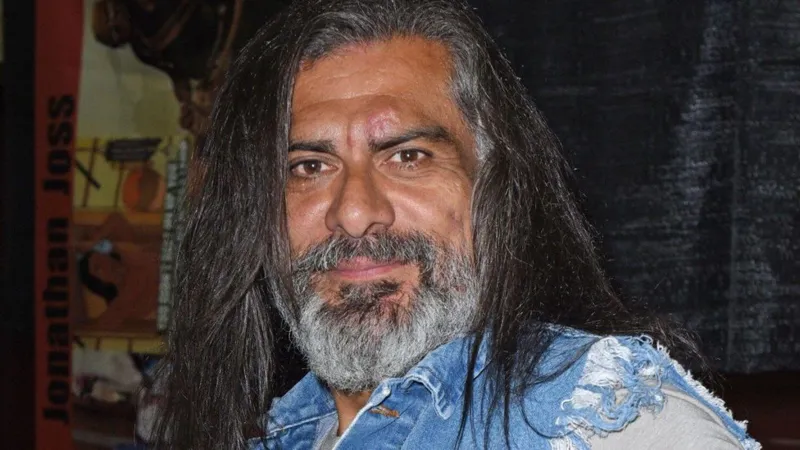


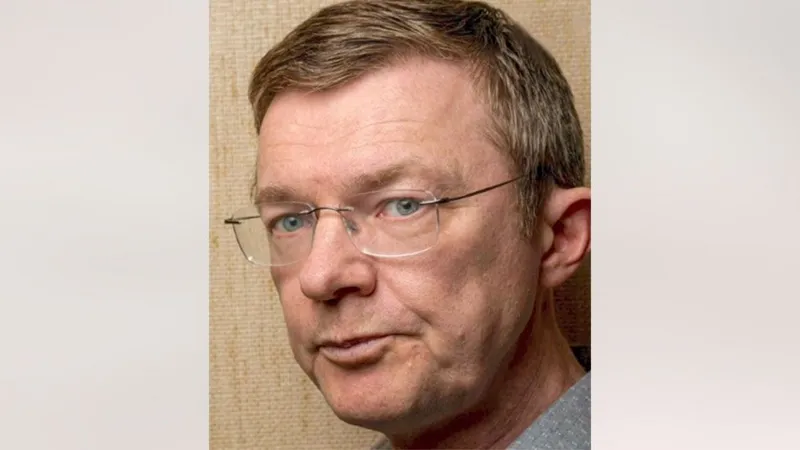


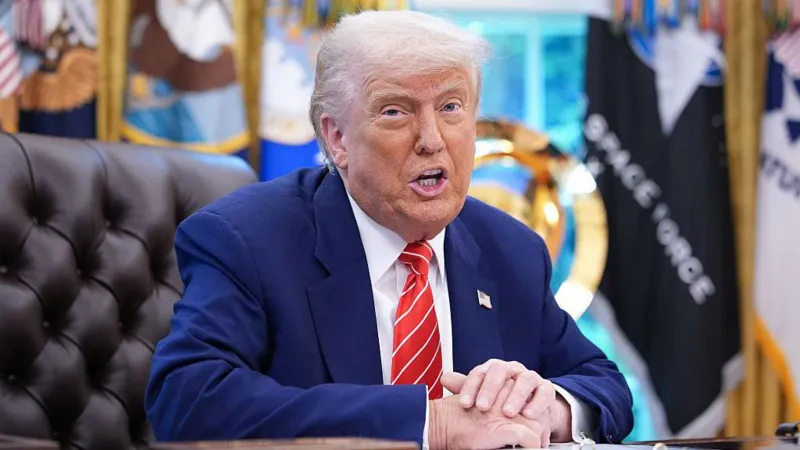











 Kennedy's dog is the only one benefiting from the electricity crisis in their home
Kennedy's dog is the only one benefiting from the electricity crisis in their home


